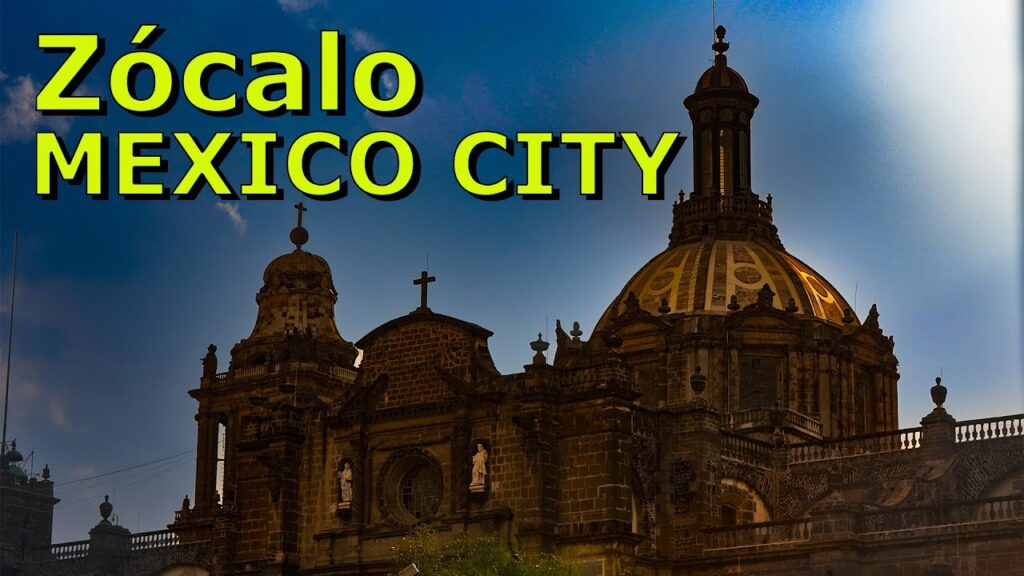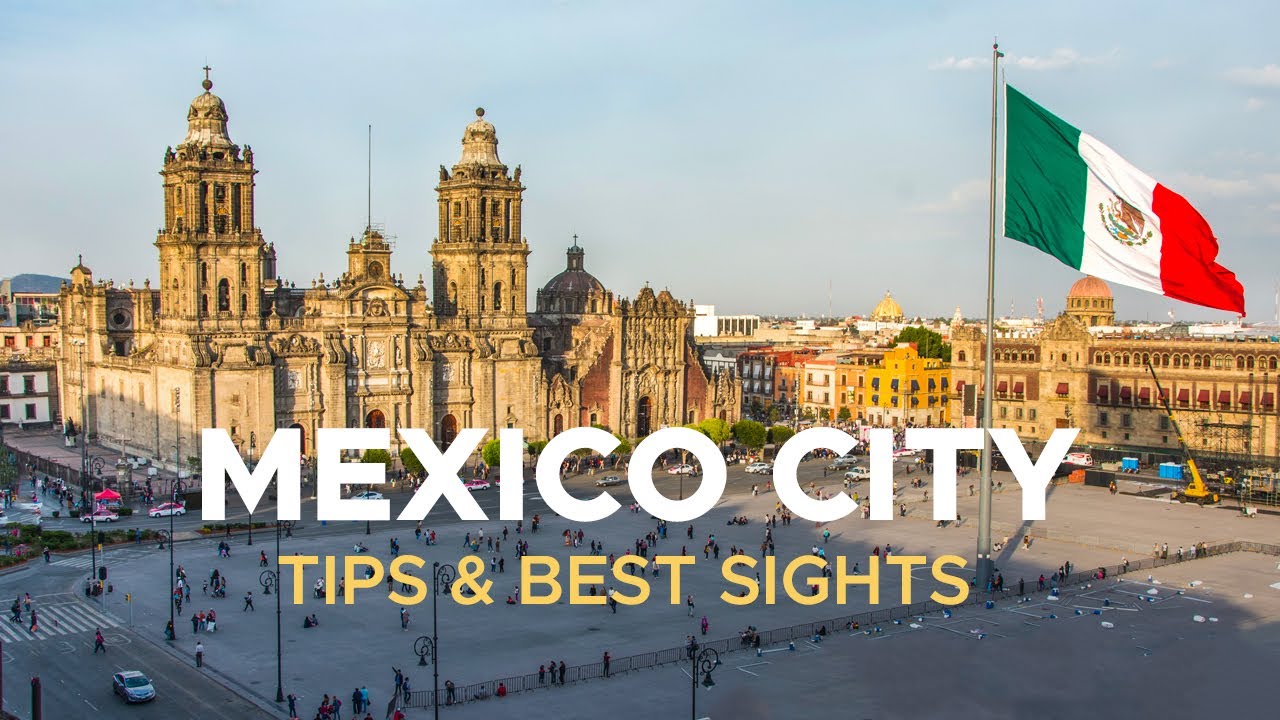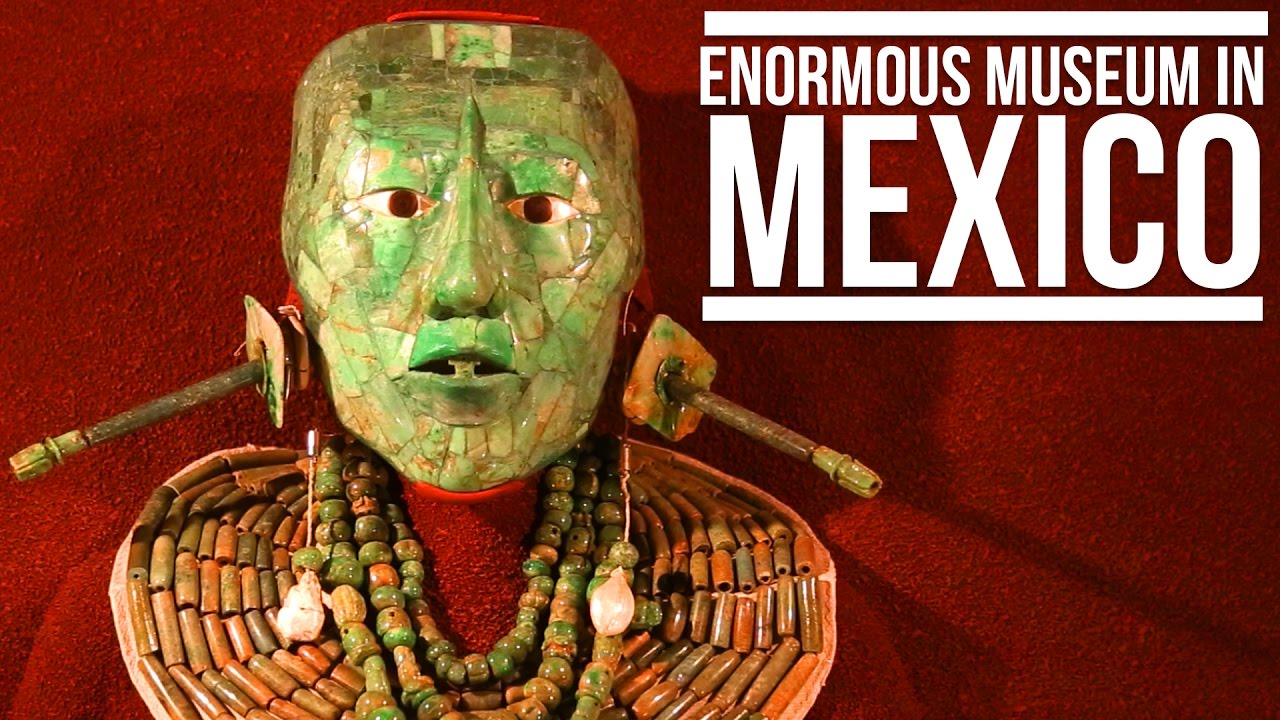Discovering the Historic National Palace in Mexico City (Palacio Nacional)
Located in the heart of Mexico City, the Historic National Palace (Palacio Nacional) stands as a testament to the city’s rich history and cultural heritage. Originally built as the residence of the Spanish viceroys, it now serves as the seat of the federal executive in Mexico. This monumental edifice, with its stunning murals and beautiful architecture, offers a unique glimpse into the country’s past and present.
Architectural Grandeur of Palacio Nacional
The National Palace is an iconic example of colonial architecture, featuring a blend of Baroque and Neoclassical styles. The main facade, adorned with a bell and a clock, is a stunning sight to behold. Its three courtyards – the Central Courtyard, the New Courtyard, and the Botanical Garden – each have their own unique charm. The Central Courtyard, in particular, is known for its elegant arches and the impressive Fountain of the Empress.
The Murals of Diego Rivera
One of the highlights of the National Palace is the series of murals painted by the renowned Mexican artist Diego Rivera. These murals, spread across the palace’s walls and staircases, depict Mexico’s history from the pre-Hispanic era to the post-revolutionary period. The most famous among them is the “Epic of the Mexican People”, a breathtaking depiction of the country’s complex history and diverse culture.
Historical Significance and Accessibility
The National Palace is not just an architectural marvel but also a site of great historical significance. It has witnessed crucial events, such as the proclamation of the Constitution of 1857. Today, it remains a working government building, hosting official ceremonies and events. Despite its official functions, the Palace is open to the public. Visitors can explore its grand halls, marvel at Rivera’s murals, and soak in the rich history that permeates its walls.
Exploring the Majestic Architecture of the National Palace (Palacio Nacional)
Located in the heart of Mexico City, the National Palace (Palacio Nacional) stands as a testament to the country’s rich history and architectural prowess. Its grandeur can be traced back to the time of the Aztecs, and today it serves as the seat of the federal executive in Mexico.
The Exterior Architecture
The National Palace’s façade is a marvel of neoclassical architecture. The majestic structure extends over 200 meters along the eastern side of the Zócalo, making it one of the largest buildings in Mexico. A central balcony adorns the façade, above which is the Mexican coat of arms. Flanking the central balcony are 14 other balconies, which represent the original 14 states of the Mexican Federation.
The Interior Design
Upon stepping inside the palace, visitors are greeted by a series of courtyards and gardens, each more beautiful than the last. The most notable interior feature, however, is the grand staircase. This iconic feature is adorned with a mural by Diego Rivera, depicting the history of Mexico from the pre-Hispanic era to the worker’s movement of the 20th century.
Moreover, the palace houses a number of government offices, the Federal Treasury, and the National Archives. Despite its functional use, the interior design does not skimp on aesthetics. High arches, ornate detailing, and a strategic use of light and space create a serene environment that is both inspiring and humbling.
The Murals of Diego Rivera
One cannot discuss the National Palace without mentioning the iconic murals by Diego Rivera. Painted between 1929 and 1951, these murals cover three walls of the central staircase and depict a visual narrative of the history of Mexico. Each mural is a vibrant tapestry of color and detail, bringing to life the stories of the Mexican people.
In essence, the National Palace is not just a building, but a living piece of Mexican history and culture. Its majestic architecture, combined with its historical significance, make it a must-visit for anyone interested in exploring the heart of Mexico.
Art and History: A Journey through the National Palace in Mexico City
Located in the heart of Mexico City, the National Palace is a magnificent testament to the country’s rich artistic and historical heritage. This stunning architectural marvel has been the epicenter of power since the Aztec Empire and is now a major tourist attraction, offering visitors an immersive journey into Mexico’s past.
The National Palace is home to some of the most important works of art in the country, including the famous murals by Diego Rivera. These awe-inspiring masterpieces tell the story of Mexico from the pre-Hispanic era to the post-revolutionary period, making a visit to the palace a must for any art enthusiast.
Historical Significance of the National Palace
The National Palace is not just a repository of art, but also an important historical site. It was built on the ruins of the palace of Moctezuma II, the Aztec emperor, and has been the residence of Spanish viceroys, Mexican presidents, and now, houses the offices of the Mexican President and the Federal Treasury. It is an emblem of the country’s political history, symbolizing the changing power dynamics over centuries.
Exploring the National Palace
- Diego Rivera Murals: These vibrant murals, spread across the palace’s walls, offer a visual narration of Mexico’s history. Rivera’s most famous mural, ‘The History of Mexico’, is a colossal artwork that took him 17 years to complete.
- Historical Rooms: The palace features rooms that have been preserved to reflect different periods in Mexico’s history. This includes the Independence Room, showcasing relics from the country’s struggle for independence.
- Benito Juárez Museum: Located within the palace, this museum is dedicated to Benito Juárez, one of Mexico’s most beloved presidents. It houses personal items and documents relating to his life and work.
What to Expect When Wandering Through the National Palace (Palacio Nacional)
Visiting the Palacio Nacional, or the National Palace, in Mexico City is akin to taking a vibrant journey through the rich tapestry of Mexico’s history. The grandeur and magnificence of the palace’s architecture, art, and gardens offer a captivating glimpse into the country’s past.
Architectural Splendor and Artistic Excellence
As you wander through the Palacio Nacional, expect to be awed by its stunning architecture. The palace is a remarkable example of neoclassical design, with its imposing facade and opulent interiors. One of the most breathtaking sights within the palace is the grand staircase, adorned with a magnificent mural by the famed Mexican artist Diego Rivera. This expansive artwork, titled “The History of Mexico,” depicts the nation’s history from ancient times to the present day, offering visitors a unique visual narrative of Mexico’s evolution.
Historical Significance and Cultural Insights
The Palacio Nacional is not just an architectural marvel, but also a place of great historical significance. It has been the seat of power in Mexico for centuries, serving as the residence of Spanish viceroys, Mexican presidents, and now housing the offices of the President of Mexico and the Federal Treasury. As you traverse the palace’s elegant corridors and grand halls, you can almost feel the weight of history in its walls. The palace also hosts numerous cultural events throughout the year, offering visitors a chance to immerse themselves in the rich tapestry of Mexican culture.
Tranquil Gardens and Scenic Views
A visit to the Palacio Nacional is not complete without a stroll through its serene gardens. The beautifully manicured gardens offer a peaceful respite from the bustling city outside. The palace’s balcony also offers stunning views of the Plaza de la Constitución, one of the largest city squares in the world. From here, you can take in the lively atmosphere of the square, with its street vendors, performers, and the grand Metropolitan Cathedral in the distance.
Tips for Visiting the National Palace in Mexico City (Palacio Nacional)
The National Palace, or Palacio Nacional, is one of Mexico City’s most important historical landmarks. To make the most of your visit, it’s essential to plan ahead. Here are some practical tips to ensure a memorable experience.
Timing Your Visit: The National Palace is open Tuesday through Sunday from 9:00 am to 5:00 pm. It’s recommended to arrive early, especially on weekends, to avoid the crowds. Keep in mind that the palace is closed on Mondays, so plan your visit accordingly.
Guided Tours: Free guided tours are available in Spanish and English. These tours provide insightful details about the palace’s history and architecture that you may miss if you visit on your own. You can inquire about the tour times at the entrance.
Security Measures and Restrictions:
Before entering the National Palace, you’ll need to go through a security check. Large bags, food, and drinks are not allowed inside. It’s also worth noting that photography is permitted, but flash and tripods are not.
Navigating the Palace: The palace is vast, and it can be easy to miss some of its highlights. Be sure to visit Diego Rivera’s famous murals, the historical rooms showcasing the palace’s history, and the beautiful central courtyard. Use the palace map or follow the guided tour to ensure you see all the key features.
Accessibility:
The National Palace is wheelchair accessible, and there are elevators available for those who need them. However, some areas may be challenging to navigate for people with mobility issues, so plan accordingly.
Remember, the National Palace is more than just a tourist attraction; it’s a functioning government building. Be respectful of the space and the people working there. With these tips, you’re sure to have an enjoyable and enriching visit to the Palacio Nacional.



